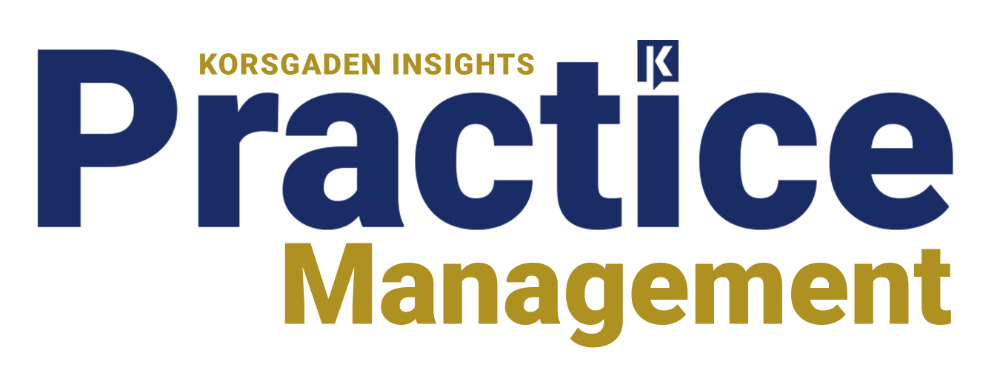FINSECA Replicating ‘A’ Players

It’s no secret that the financial security profession is aging. We’ve been talking about the graying of the profession for years amid our struggle to attract new blood. Now, with the onset of the “great resignation,” we may be reaching a critical point.
The Pew Research Center reports that nearly 30 million baby boomers retired in the third quarter of 2020. About one-fifth of financial security professionals are 65 or older, according to J.D. Power, so I think we can safely assume that a fair number of them are active participants in the Great Resignation. In fact, Cerulli Associates estimates that more than 100,000 financial security professionals will retire over the next 10 years — more than one-third of the workforce.
When these financial professionals retire, they’ll take 20, 30, even 40 or more years of experience with them. That includes customer insights and product knowledge critical to revenue generation and growth. And these figures don’t take into account younger, top performing financial security professionals who leave the profession every year for a variety of reasons. We must take steps now to preserve the knowledge walking out the door.
The ‘A’ Game
There was a time when you could bring new financial security professionals on board, assign them to a mentor or joint-work partner, and hope they’d excel by learning from an experienced colleague. This tried-and-true technique can still be an exceptional development tool; the problem is, it might not scale. For example, when Bob is mentored by Jane, Bob learns from Jane. If Bob is ambitious, he’ll seek out a few others in the office and pick their brains as well. But it can be a haphazard process, with no guarantee that Bob is learning and applying the leading practices that set “A” players apart from the rest. Plus, how many team members can Jane mentor in a month?
I can almost guarantee that hidden pockets of deep expertise lie across your enterprise, only being shared at the local level — and per- haps not even there. To preserve this knowledge and share it broadly, companies must find a way to replicate A players at scale.
4 Steps for Knowledge-Sharing
Today, some offices are fully remote, some fully in-person, and some are pursuing flexible options that allow team members to choose their preferred situation. This has complicated the already difficult process of transferring product knowledge, customer insight, and market intelligence to the next generation.
Mobile devices and video technology offer a way around these complications. The flexibility and convenience of mobile can help financial security professionals enhance current relation- ships, find new opportunities, cross-sell more effectively, and uncover new clients. Using mobile also allows high-value talent to find critical and relevant information quickly. Yet few firms harness the speed and ubiquity of mobile to advance their training initiatives — or to capture the wisdom of their highest performers.
There are many effective ways to share knowledge. One of them is through formal training — national sales meetings, regional meetings, courses, and certifications. But there is real value in informal channels, too. Have you ever noticed how people at sales meetings congregate around their successful colleagues to soak up stories or learn about the processes they employ? So, consider how you can replicate these peer-to-peer conversations and the informal swapping of success stories. Here are four steps that can capture, preserve, and share the best practices of your top performers:
1. Collect Success Stories
On a weekly or monthly basis, ask team members to report their biggest success, including their strategies for building relationships and determining the best solutions for their clients. Choose a few to share each day to provide a steady stream of wins. These could be shared through meetings, emails, or newsletters.
2. Record the Best Stories
Record a two-minute video of the most important, memorable, or relevant success stories. Ask team members to talk about how the sale evolved, from how they presented the proposal and over- came objections to how they followed up after the sale to ensure client satisfaction.
3. Distribute Broadly
Send these videos throughout the enterprise on a regular cadence to inform and inspire others. Videos can be shown during town halls, posted online or on social media, or via emails. These are also excellent resources to incorporate into training programs for new financial security professionals.
4. Create a Library
Add these videos and other success stories to an internal online library that is search- able and accessible from mobile devices. Tag each video with the product name, client name, or other information, so team members can locate the relevant success story and video at their moment of need.

Creating Connections
One of the things I like best about using video in a learning platform is the opportunity to create connections. Many training programs today emphasize product and sales training. In an environment that is increasingly moving toward specialization, on-demand product information and sales training are especially important, and no learning platform would be complete without them. But this kind of training doesn’t capture the nuances of relationship building, problem-solving, and follow-through that today’s A player requires. That happens best through peer-to-peer learning and knowledge sharing.
At its best, video-based learning is essentially storytelling, connecting people in a more meaningful way than other, less interactive modes of learning. It is one of the most powerful tools leaders have to influence, teach, and inspire their teams.
I encourage you to consider how you can use it to strengthen your team’s connections to the enterprise, reinforce your core values, and help team members better understand the importance of the financial protection and security they provide to their clients every day.
Troy Korsgaden is the principal of Korsgaden International, a company that specializes in the seamless distribution ecosystem, global marketing, strategy and execution, agency building and technology implementation for many of the world’s largest insurance carriers and financial services companies. The author can be reached at [email protected].
Link to read Finseca Magazine: https://finseca.ygsclicbook.com/pubs/focus/2022/julyaugustseptember-2022/live/index.html#p=1
To book a live presentation email: [email protected]

